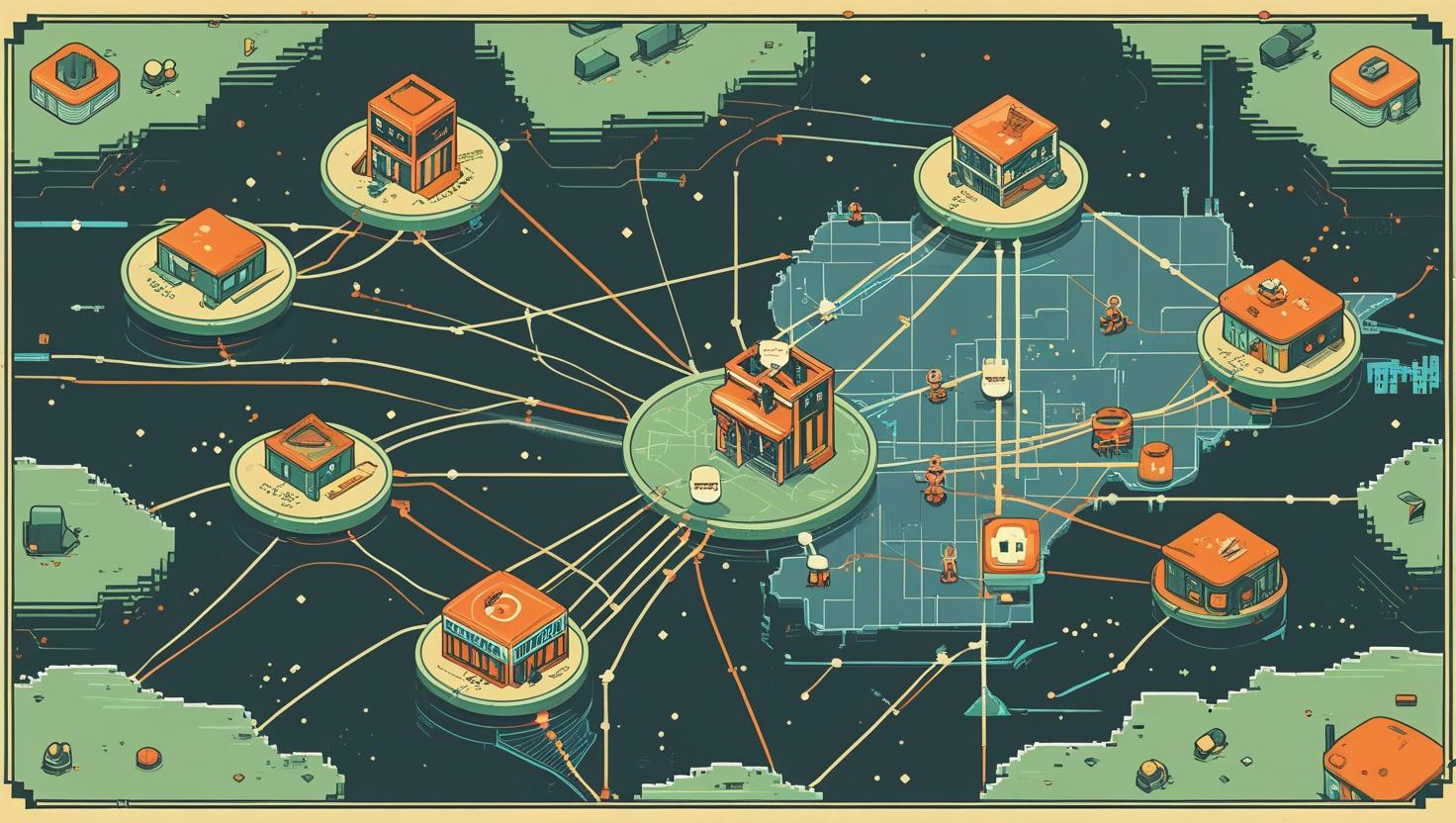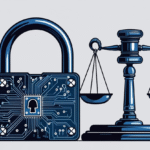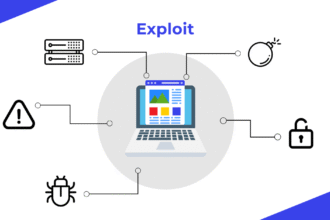Welcome to the Black Swamp, friends, where the coffee is strong, the passwords are long, and the threat actors are way too interested in your HVAC system. Lets talk about something that should send a shiver down the spine of everyone, particularly a small and midsized business owner: The Zero-Day Vulnerability (the “Zero-Day”).
What’s a Zero-Day, Anyway?
A zero-day is a software flaw so fresh that the developers haven’t had a chance to fix it, or even realize it exists. That means you have zero days of warning before someone somewhere starts exploiting it like a toddler with a new toy and absolutely no sense of morality.
Imagine you leave your house every day thinking the deadbolt is secure. Then one day, a burglar strolls in through a secret backdoor you didn’t know was there, eats your lunch, and installs crypto-mining software on your fridge. That’s a zero-day. And yes, your smart fridge can be hacked and increases the attack surface for Zero Day exploitation. Thanks, Internet of Things.
Why SMBs Should Lose Sleep Over This
You might be thinking: “We’re a small business in the Midwest, not the Pentagon. Why would hackers care about us?”
Because you’re:
- Running outdated software from 2017 like it’s a vintage wine
- Using default admin passwords like “admin123”
- Not patching because “IT Bob” is on vacation
Zero-days love SMBs. Why? Because you’re often underprotected, under-resourced, and under the illusion that you’re flying under the radar.
Spoiler alert: You’re not.
Cybercriminals automate attacks. They scan the internet like sharks sniffing for blood in the water—and your unpatched VPN or printer might as well be a gallon of chum.
Recent Zero-Days in the Wild
MOVEit Transfer (2023)
Ah yes, the SFTP tool everyone forgot about until Cl0p ransomware gang turned it into a digital plague. MOVEit was a trusted piece of software used to transfer files securely, and then it wasn’t.
A zero-day vulnerability let attackers waltz in, exfiltrate gigabytes of sensitive data, and start posting it on the dark web like they were running a tech-themed art gallery. Victims included banks, universities, hospitals, and plenty of SMBs who thought, “We just use this for HR files, why would anyone care?”
News flash: hackers love your HR files. Nothing screams “extortion potential” like a ZIP file full of W-2s.
Ivanti VPN Vulnerabilities (2024)
Picture this: you’re a small law office, using Ivanti’s VPN because it “came with the remote work package.” Then, seemingly overnight, you’re on CISA’s advisory list of vulnerable orgs, your firewall lights up like a Christmas tree, and you realize you were exposed before the coffee even finished brewing.
This zero-day let attackers bypass authentication, hijack sessions, and move laterally across networks like a raccoon in a buffet line. And while the headlines focused on government agencies, plenty of SMBs got caught in the blast radius, especially if they didn’t patch fast.
Microsoft Exchange (Ongoing, Eternal, Unkillable)
Microsoft Exchange vulnerabilities are like horror movie villains, they just keep coming back. And the worst part? Some SMBs are still running on-prem Exchange servers like it’s 2012.
Multiple zero-days over the last few years have let attackers gain system-level access without breaking a sweat. No phishing. No trickery. Just pure exploit. One minute you’re scheduling invoices, the next you’re unwittingly hosting a ransomware command-and-control node.
And yes, even patched systems were vulnerable until the updates landed. The only thing scarier than an Exchange zero-day is realizing you’ve ignored four years of security bulletins labeled “critical.”
So… What the Heck Can You Do?
Glad you asked. Zero-days are like ninjas: stealthy, unpredictable, and often wearing black hoodies. You can’t stop what you can’t see, but you can make yourself a way less attractive target.
Here’s how to start:
Patch Fast, Patch Often
We know. Updates are annoying. They interrupt your work, your streaming, and your deep spiritual connection to Windows 10. But guess what? Every unpatched system is a welcome mat for attackers.
Set up automatic updates on everything you can, servers, desktops, routers, smart coffee machines, even your fish tank if it’s on Wi-Fi. Because nothing is more embarrassing than losing customer data because a hacker came in through your smart thermostat.
Use EDR or MDR Tools
That stands for Endpoint Detection & Response or Managed Detection & Response, basically your digital bouncers.
These tools monitor your systems for suspicious behavior, flag weird activity, and stop malware in its tracks, even when a zero-day gets through the front gate. They’re not perfect, but they’re a whole lot better than hoping Windows Defender can hold off an international ransomware gang.
If your budget is tight, check out affordable or open-source options. But if you’ve got a few bucks, MDR services bring in a team of professionals watching your network like it owes them money.
Network Segmentation
This one’s huge. Think of your network like a ship. If one compartment floods, you don’t want the whole boat to sink.
Segment your network so critical systems (HR, finance, customer data) are on different VLANs or firewalled from devices like printers, security cameras, and that random IoT air fryer someone plugged into the break room. Trust us: your front desk printer does not need to talk to the payroll server.
Trust us: that smart air fryer does not need to talk to the payroll host.
Backups! Like Your Business Depends On It
Because it absolutely does. When ransomware hits, your backups are your last line of defense. No backups? You’re paying the ransom. And no, the FBI doesn’t take Bitcoin reimbursement forms.
Here’s what smart SMBs do:
- Automated daily backups
- Off-site and cloud copies
- Test those backups regularly (because corrupted backups are just fancy paperweights)
Follow the 3-2-1 rule: three copies, on two different media, with one stored offsite. Yes, it sounds like overkill. Until you need it.
Have an Incident Response Plan
This cannot be overstated: Screaming and calling Bob from IT is not a plan. Especially when Bob is the problem.
A real incident response plan answers:
- Who do we call?
- What gets shut down first?
- Who communicates with customers?
- How do we restore systems?
- Where are the logs and backups?
Practice it. Simulate it. Role-play it like it’s a fire drill but for your laptops. Because when zero-day hits, you want muscle memory, not panic.
And yes, print out a hard copy. Don’t store your only response plan on the network that’s currently being encrypted.
So no, you can’t stop a zero-day from existing
But you can make your small business look like a miserable, hardened, paranoid fortress that no attacker wants to bother with.
And in the world of cybercrime, being a pain in the butt to hack is the best defense there is
—
Want help building that response plan, segmenting your network, or choosing an MDR tool that doesn’t break the bank? Contact Us, we’re your security sidekicks helping SMBs navigate through the Black Swamp that is cyberspace.










One Comment